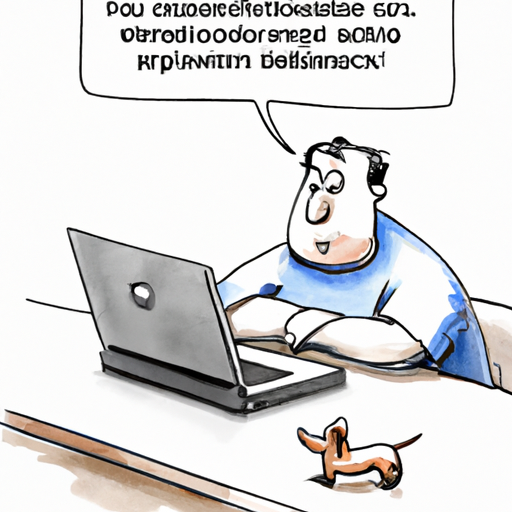As a pet owner, one of your significant responsibilities is to ensure the safety and well-being of your furry friend. Inserting a microchip in your dog is a step in the right direction, but it doesn’t end there. The microchip needs to be registered to be effective. In this article, we’ll walk you through the process of how to register your dog’s microchip.
Table of Contents
- Understanding Microchipping
- The Importance of Registering Your Dog’s Microchip
- Step-by-step Guide to Registering Your Dog’s Microchip
- Frequently Asked Questions
Key Takeaways
- The microchip is a device implanted under your dog’s skin that serves as a permanent method of electronic identification.
- Registering your dog’s microchip is crucial for it to fulfill its purpose.
- The registration process varies among microchip manufacturers and registries.
- Ensuring your contact information is current and accurate is vital for the microchip’s effectiveness.
Understanding Microchipping
A microchip is a tiny device, about the size of a grain of rice, that’s implanted under your dog’s skin. It serves as a permanent method of electronic identification, containing a unique number that can be scanned with a microchip scanner. The American Veterinary Medical Association (AVMA) provides more detailed information about microchipping.
The Importance of Registering Your Dog’s Microchip
Having your pet microchipped is only half the battle won. The next critical step is registering the microchip. Without registering the microchip, it essentially serves no purpose. Registration links the unique microchip number to your contact information, making it possible for you to be contacted if your pet is found.
If your pet goes missing and is found, a vet or animal shelter can use a scanner to read the microchip number. This number is then looked up in a microchip registry database, and if it’s registered, your contact details will be available. Therefore, it’s important not only to register the microchip but also to keep your contact information up to date.
Step-by-step Guide to Registering Your Dog’s Microchip
1. Identify the Microchip Brand
The first step is to identify the brand of your pet’s microchip. Your vet should provide this information when the microchip is implanted. If not, you can use a universal microchip lookup tool, such as the one provided by the American Animal Hospital Association.
2. Visit the Manufacturer’s Website or a Universal Registry
Next, visit the manufacturer’s website or a universal registry like Pet Microchip Lookup to register the microchip. Some manufacturers require you to register on their specific database, while others allow universal registration.
3. Provide Your Contact Details
You’ll need to provide your contact details, such as your name, address, phone number, and email address.
4. Pay the Registration Fee
Most registries charge a fee for registration. This fee varies among registries, but it’s typically a small price to pay for the peace of mind it brings.
5. Update Your Information Regularly
After registration, it’s important to update your contact information whenever it changes. This ensures that the registry can reach you if your pet is found.
Frequently Asked Questions
Q: Can I register my dog’s microchip online?
A: Yes, most microchip manufacturers and registries allow online registration.
Q: How do I update my contact information?
A: You can update your information by logging into the registry’s website and making the necessary changes.
Q: Is there a fee to register my dog’s microchip?
A: Yes, most registries charge a registration fee. Some registries also offer premium services for an additional fee.
Regardless of the brand of microchip used, it’s essential to have it registered. To learn more about microchipping, you can visit One Top Dog – a site that provides in-depth articles on various pet-related topics. Specifically, their articles on Dog Identification, Lost Pets, and Pet Safety could prove useful in your quest to ensure your furry friend’s safety.
Microchipping and registering your dog’s microchip is a small but critical step in ensuring your pet’s safety. If your dog ever gets lost, this tiny device could be the key to a happy reunion.



